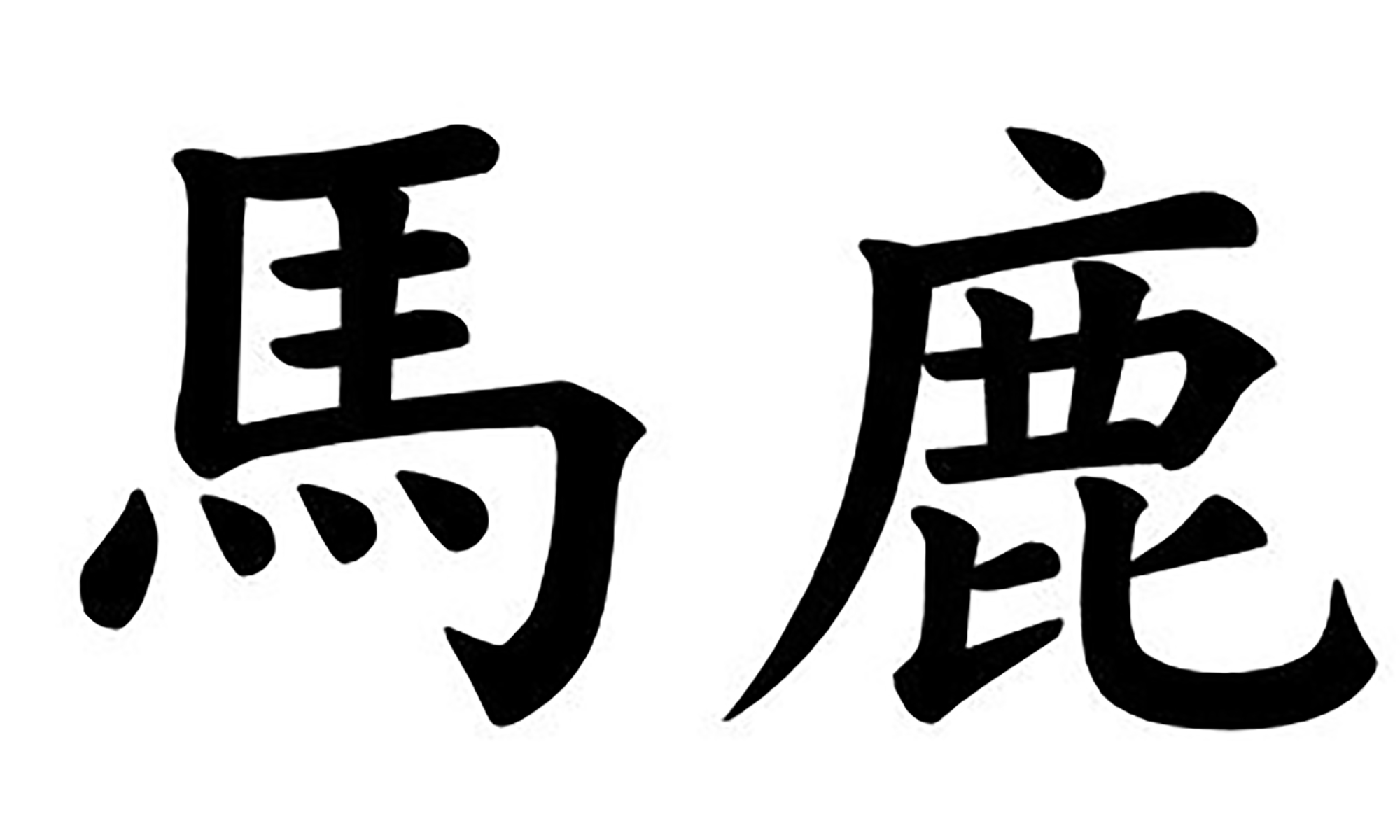Via the Professor, crowd numbers at the San Francisco protests last weekend weren’t as high as the organizers would like you to think: Perhaps 65,000 as opposed to nearly a quarter million.
When told of The Chronicle’s survey, Alex S. Jones, the director of Harvard University’s Joan Shorenstein Center on the Press, Politics and Public Policy, said, “The number of people (in a crowd) is a mythical number, and now you’re going to turn it into a fact, and that won’t be welcomed.”
Jones, a Pulitzer Prize-winning former reporter for the New York Times, added, “There’s an old saying in journalism: People only see what they believe. This is an emotional issue, not a factual issue as far as most people are concerned.”
Only a lefty journalist in academia would believe this.
“Oh my word. Come on, that’s ridiculous,” said Bill Hackwell, spokesman for International ANSWER, one of the groups that organized Sunday’s march and rally.
Only a commie would say something like this.
Even the police don’t believe it:
Greg Suhr, the San Francisco deputy police chief who calculated the police figure, said of The Chronicle’s estimate, “I can tell you for a fact that’s an enormously low number. (Pacific Bell Park), just in the stands, holds 40,000. The crowd at Pac Bell would pale in comparison to the crowd on Sunday.”
From the ground you might believe this. From the air, I think it would be a different story. And apparently it was:
The photographs, however, indicate otherwise. The series of images were shot in a 30-second sweep by the crew from Air Flight Service over the march and rally areas at 1:45 p.m. Peak attendance was between 1:30 and 2 p.m., Hackwell said.
At the time the photographs were taken, many people had gathered in the plaza, and the head of the march was at McAllister Street. The tail was near Sansome Street, and no side street was full enough to count, said Jack Barcelona, who runs the air photo firm.
Overlaying the photographs with a grid, surveyors from Air Flight Service estimated crowd density in the plaza and along the route. Each grid was evaluated and assigned a density of people, from 10 percent to 100 percent full. Most were judged at 25 percent or 50 percent full. This is the first time the firm has used its equipment for crowd estimation.
In comparison, both police and rally organizer figures are based on estimates of previous crowd sizes and on eye-level approximations of the event Sunday.
Further down:
No officers were assigned to count the crowd.
“It’s pretty much me,” Suhr said.
So you came up with an estimate that was conveniently near the A.N.S.W.E.R. number…big surprise.
This is just an amazing article…the entire methodology is pretty much explained, and it makes a great deal of sense to me.
“This methodology gives you the best results under the circumstances,” said Farouk El-Baz, director of the Center for Remote Sensing at Boston University, referring to fixed-camera aerial photos. The center specializes in photographing large tracts of land from space satellites for various projects such as looking for groundwater in the Sahara.
Miscounts of large crowds are common, El-Baz said, even such disparity as calling a crowd of 50,000 a crowd of 200,000.
“It’s unbelievable, but it happens consistently,” he said. “If you are in a demonstration yourself, you can easily be misled because you see so many people.”
As the Professor would say: Indeed.
